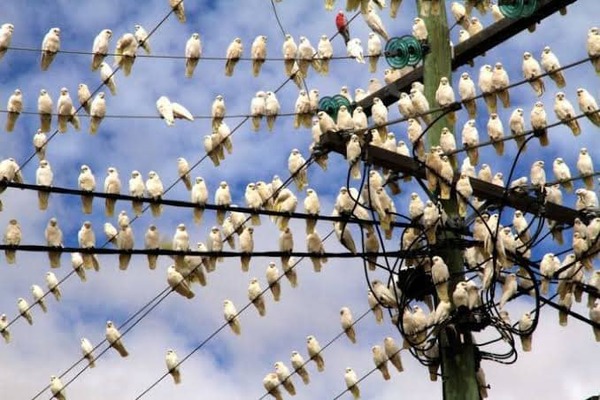
By Rowan Forster
Shrieking corellas are descending upon Pakenham in the thousands, with urban sprawl the reported cause for the influx.
While some have claimed that the birds are damaging trees and property, the Department of Environment, Land, Water and Planning has advised the community to be patient.
The department says human behaviour is the cause for the increase.
“It’s natural for these birds to maintain their beaks by ‘pruning’ vegetation, particularly in the trees they roost in,” a spokesperson said.
“Sometimes cockatoos will also maintain their beaks on wooden structures on private property, potentially causing a problem for the property owner.”
Residents have overwhelmingly sided with the parrots, rallying behind calls to preserve their habitats.
“Stop cutting down their trees and their habitats and they will leave us alone,” Lisa Moorby said.
“I’m originally from the hills and these corellas are nothing to what you get up there from 5 o’clock in the morning.
“They may destroy stuff, but it is all part of the circle of life.”
The birds are drawn to liquidambar trees, many of which reside in Pakenham and further afield in Melbourne’s south east.
“It doesn’t bother me – they are birds and they were here first,” Vickie Hine added.
“I’m glad I can see and hear them as one day they may not be around.”
The corella population has experienced a resurgence since the 19th century, when the species was threatened due to habitat loss.
Since then, the parrots have adapted to the city-lifestyle, foraging for seed pods, food and water resources in parks.
If birds are inflicting damage to your home, call the DELWP on 136 186.
Killing the parrots is prohibited under local law.







